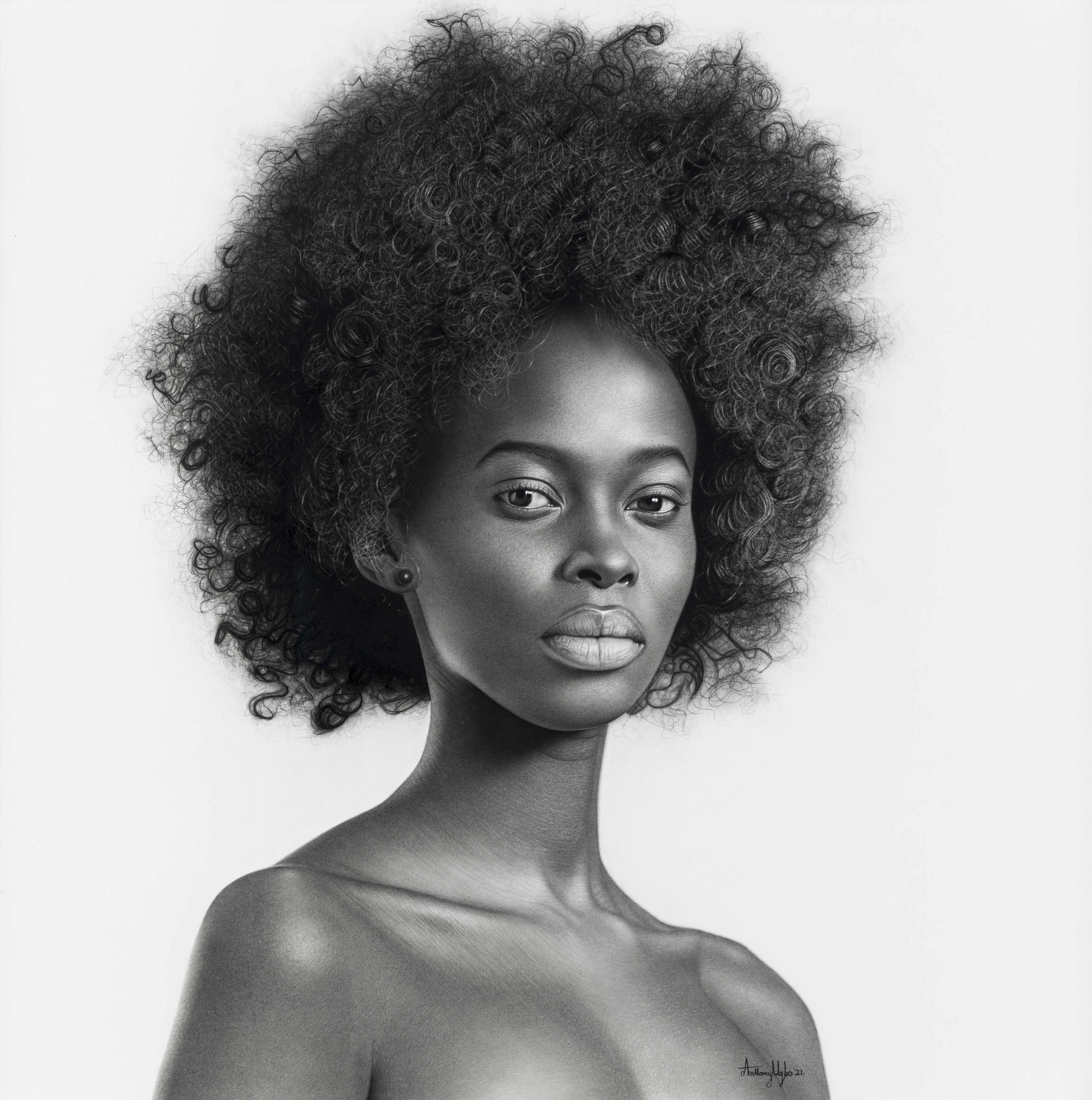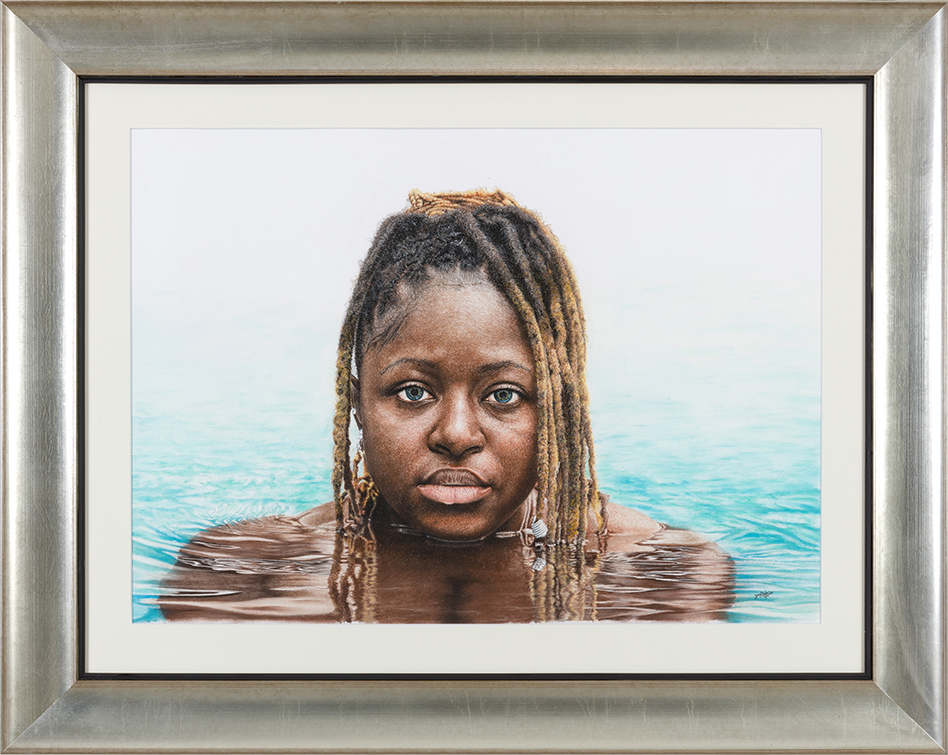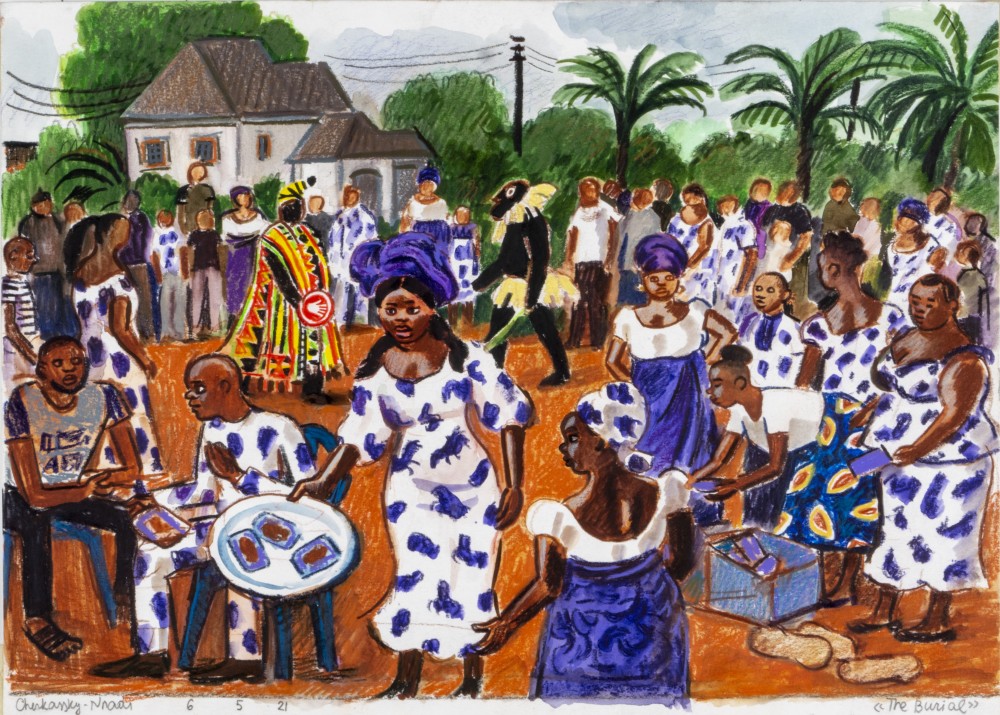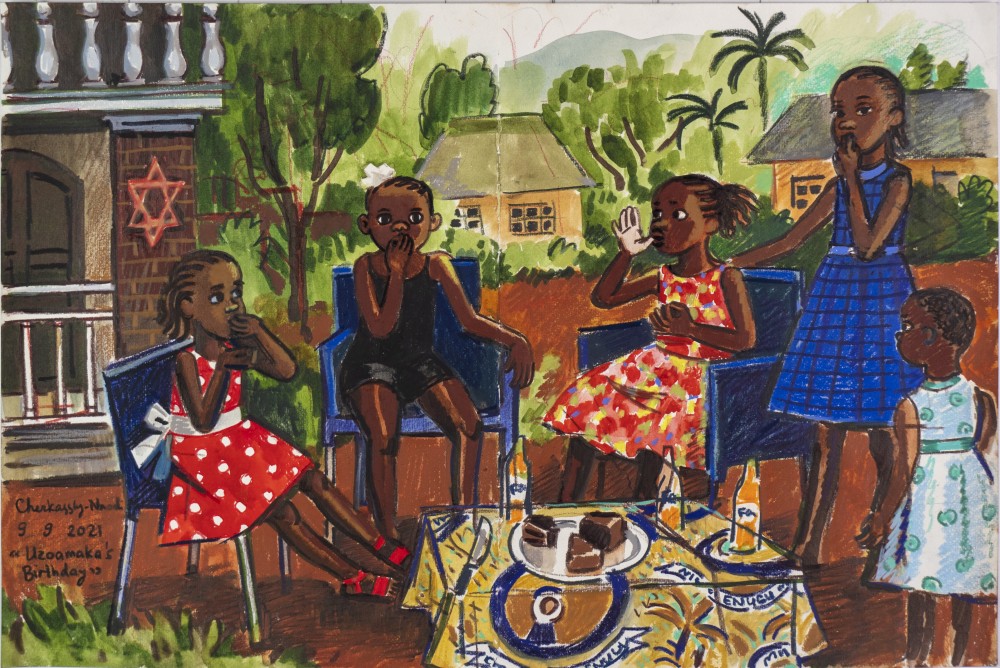Divine Realism
October 2022 -January 2023
Ife – Benin – Nigeria
There are few places in the world where one can find cultural continuities in three millennia of history. Nigeria is one such place, where the deities and heroes honored in modern life trace their origins to forebears from thousands of years ago. Moreover, from the Nok culture (around 500 B.C.E. to 200 C.E.) onward, the art legacies of the various Nigerian cultures are evident far beyond the country’s borders. However, since the Western art world tends to assume that the sources of influence for contemporary African art are the canonical narratives of Western art history, it tends not to recognize the plurality of African cultures and their diverse artistic expressions, nor the fact that African artists are in constant dialogue with their own past.
As this exhibition makes evident, the roots of Nigeria’s flourishing art scene today lie in the country’s rich traditions. Amongst them are an incredible body of artworks in stone, terracotta, copper, and brass which were made in the Yoruba city of Ife from the latter part of the first millennium to the 15th century, and the more famous art tradition of the Kingdom of Benin, dated from the late 12th century up to today. Both artistic traditions are unique in Africa for the degree of naturalism that they portray. Therefore, the artistic trajectory of Nigerian contemporary figural realism should be seen not only as a product of negotiation with Western techniques and styles, but as a result of Nigerian artists’ deep connection with local artistic traditions and their stylistic sophistication.
The exhibition Infinite Realism presents a glimpse of the extraordinary corpus of Nigerian art traditions, past and present. We are greatly thankful to the Shoher family, the Corridor Contemporary Art Gallery, and the Rosenfeld Gallery for making it possible to present, for the first time in Israel, the marvelous artistic traditions of Nigeria.



